Posted on 12/5/2023

If you've ever pressed the brake pedal and encountered a disconcerting spongy feel instead of the expected firmness, it's a signal that something might be amiss. In this exploration, we delve into the common culprits behind a spongy brake pedal to demystify this phenomenon. Before we dissect the sponginess, let's revisit the fundamentals. When you apply pressure to the brake pedal, hydraulic force is transmitted through the brake fluid to engage the brake pads, creating friction against the rotors and slowing down your vehicle. A spongy pedal disrupts this fluid dynamics, leading to an unsettling experience for the driver. Common Causes of a Spongy Brake PedalBrake Fluid Issues Brake fluid plays a pivotal role in the braking system. If the fluid is contaminated or has air bubbles, it can compromise the system's hydraulic ... read more
Posted on 11/29/2023
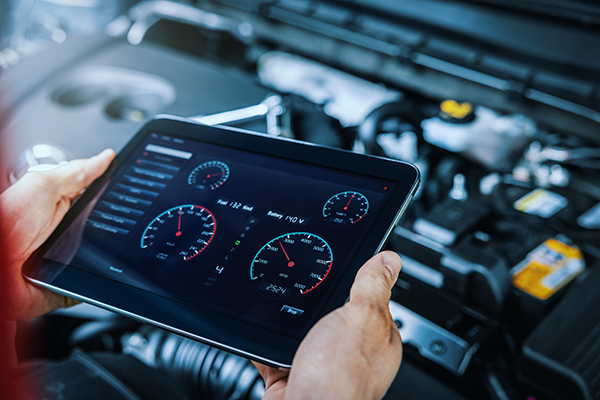
Imagine you're on a road trip, the one you've been planning for so long. The excitement is palpable, and the scenery is breathtaking. However, your car breaks down suddenly with no garage in sight. Preventable? Absolutely! Now, let's talk about preventative maintenance – the guardian of our productivity-charged world where equipment failure equals lost time and money. What Is Preventative Maintenance? You've heard of "a stitch in time saves nine," right? Well, that old adage perfectly encapsulates preventative maintenance (PM). PM is akin to scheduling regular health check-ups even when you feel fit as a fiddle - it's about spotting small issues before they turn into major problems. It's performed across various sectors through routine inspections, cleanings, adjustments, and replacements that keep machinery humming smoothly and obviate unforeseen malfunctions. In essence, it adopts a proactive attitude towards maintena ... read more
Posted on 10/29/2023
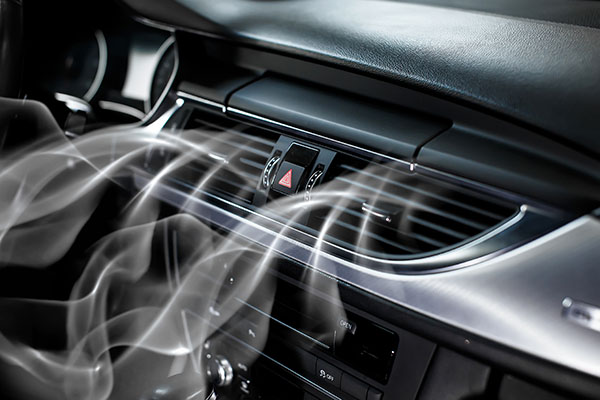
Ah, the blissful cool breeze or warm feeling of an efficiently functioning air conditioning system on a scorching day - a luxury we often take for granted until it suddenly becomes a distant memory. If you've found yourself sweating through a malfunctioning A/C system, you're not alone. Understanding the potential reasons behind the abrupt failure of your cooling sanctuary can not only save you from discomfort but also prevent further damage to your vehicle. Refrigerant Leaks One of the most common reasons behind A/C malfunction is the presence of refrigerant leaks. These leaks not only compromise the cooling efficiency of your A/C system but also contribute to potential environmental harm. Identifying and addressing these leaks promptly is crucial for preserving the integrity and functionality of your A/C system. Electrical Issues A malfunctioning A/C system might stem from a variety of electrical issues, including faulty wiring, blown fus ... read more
Posted on 9/29/2023
.jpeg)
Your tires are the unsung heroes of the road, bearing the weight of your vehicle and ensuring a smooth, safe journey. Yet, like any hero, they too can face unexpected challenges, such as punctures and damage. This raises the important question: How are tire repairs performed, and is it safe to continue your journey with a repaired tire? The Anatomy of a Tire Repair Tire repairs are not a one-size-fits-all solution; they require a careful assessment of the damage and a precise process to ensure your tire's integrity. Here's how it's done: 1. Inspection When a tire sustains damage, the first step is a thorough inspection. Trained technicians assess the size and location of the damage, ensuring it falls within repairable parameters. Typically, punctures in the tread area are considered for repair, while damage to the sidewall is often irreparable. 2. Removal If the damage is deemed repairable, the tire is removed from th ... read more
Posted on 8/31/2023

Luxury vehicles, who doesn't want one? Quality leather interior, a big V8, and ride quality like no other. With a legacy of combining performance, sophistication, and cutting-edge technology, Infiniti has consistently delivered vehicles that redefine driving experiences. But with all of the models the brand offers, things can get confusing. That's where Kaufman's Auto Repairs comes in and gives you a breakdown of some of the best models of all time. Keep in mind that model years aren't included because all three of them have ranked at the top consistently throughout the years, earning their well-deserved reputation. 1. Infiniti QX80 - Luxury SUVs The Infiniti QX80 stands as a testament to opulence and power, offering a blend of commanding presence and exquisite design. Exterior Design The QX80 boasts a commanding exterior with bold lines and a distinctive front grille that exudes confidence on the road. LED headlights, promin ... read more
Posted on 7/31/2023
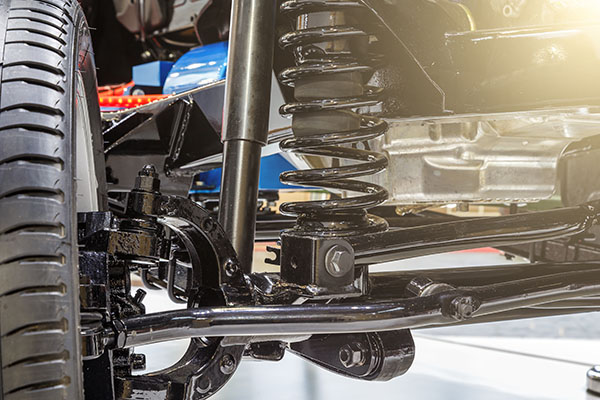
When it comes to the smooth and stable ride we enjoy in our vehicles, we have the suspension system to thank. Among its essential components is the often overlooked control arm, responsible for connecting the vehicle's chassis to the wheel hub. Let's shed some more light on this component and what it does, where it's located, and everything else there is to know. Understanding the Control Arm The control arm, also known as an A-arm or wishbone, is a vital part of the suspension system in both front and rear-wheel-drive vehicles. It is a hinged component that links the suspension to the vehicle's frame or subframe on one end and the wheel hub on the other. Suspension Geometry and Stability The control arm is a key player in maintaining proper suspension geometry, which is crucial for stable and predictable handling. It works in tandem with other suspension components to keep the wheels aligned and perpendicular to the road surface, e ... read more
Posted on 6/30/2023
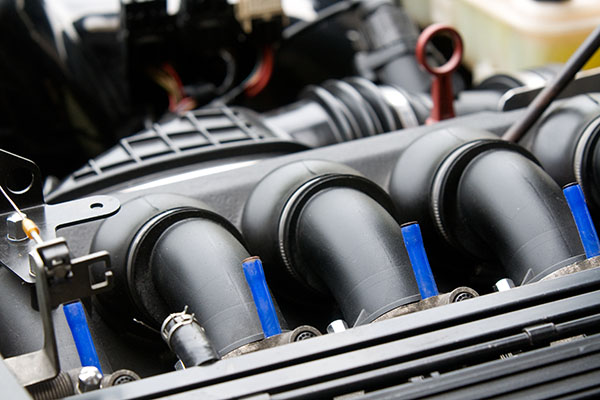
Oil is often referred to as the lifeblood of an engine and for good reason. Do you want to know exactly why? Keep on reading so you can find out and make sure to check your engine level after you finish the article! 1. Lubrication One of the primary functions of engine oil is to lubricate the various moving parts within the engine. As the engine runs, numerous metal components, such as pistons, crankshafts, and camshafts, move rapidly and create friction. Without proper lubrication, these metal surfaces would grind against each other, leading to excessive wear and damage. Engine oil forms a thin protective layer between these components, reducing friction and heat generation, and ensuring smooth operation. 2. Heat Dissipation Engines generate a significant amount of heat during operation. The oil circulating within the engine helps in dissipating this heat. It absorbs heat from the engine's components and carries it away, preventing overheatin ... read more
Posted on 5/31/2023
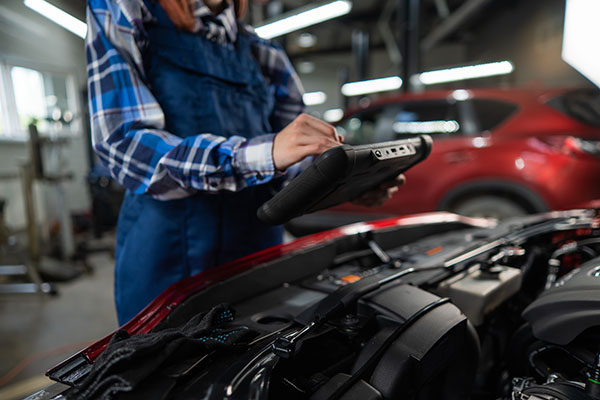
When it comes to reliable and efficient vehicles, Honda has established a solid reputation in the automotive industry. Year after year, Honda cars have consistently impressed drivers with their exceptional reliability, fuel efficiency, and longevity. In this blog, we delve into the reasons behind Honda's unwavering reliability and efficiency, exploring the key factors that set them apart from the competition.The Main Reason Behind Honda’s Reliability The main reason for Honda's reliability is its commitment to engineering excellence. Honda invests heavily in research and development to design and manufacture vehicles with precision and attention to detail. From the engine to the transmission and every component in between, Honda vehicles are built to last. The company's innovative engineering techniques and stringent quality control ensure that each vehicle meets the highest standards of reliability. What Else Does Honda Do Diff ... read more
Posted on 4/29/2023
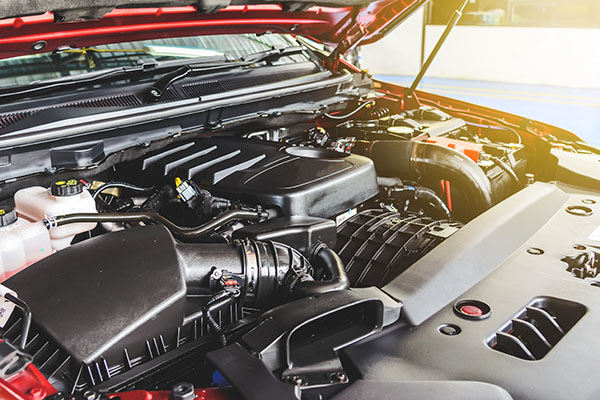
All of the parts in your vehicle, or at least a vast number, need to be lubricated to work properly. But except for the oils that do that, what other fluids are there? Well, we will answer exactly that in this blog and make sure you are informed of what they do as well. Continue reading to find out more. Transmission Oil Your vehicle's transmission is probably the most complex mechanism. Its job is to switch between gear ratios depending on the driver's desired speed. This means that there are a lot of moving parts that have to be lubricated and cooled. Here comes the transmission oil, which is most commonly red and transparent, so if you see a red stain on your driveway, make sure to visit a mechanic. Engine Oil Probably the most well-known car-related thing is engine oil. As its name implies, it is inside the engine, and it keeps all of the parts lubricated while keeping them from overheating - assisting it in that is the coolant. The eng ... read more
Posted on 3/27/2023
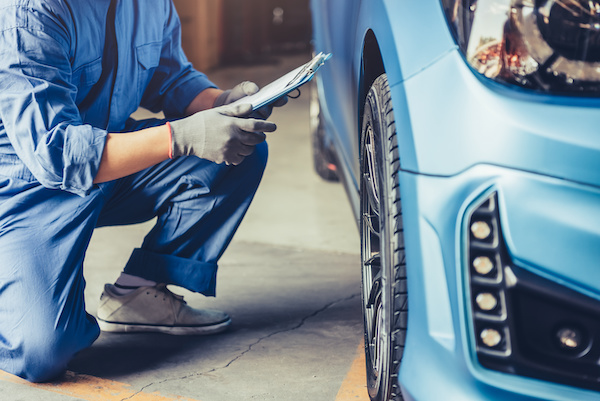
Buying a car is a significant investment and can be a difficult decision to make with all the options out there on the market. At the end of the day, you want to make sure that you're getting your money's worth. That's where a pre-purchase inspection (PPI) comes in. A PPI is an inspection performed by a qualified mechanic to assess the condition of a (usually) pre-owned vehicle before you buy it. Benefits of Pre-Purchase Inspections Identify any issues before purchase A pre-purchase inspection can identify any issues that the seller may not be aware of or choose not to disclose. It will give you an idea of the car's overall condition and aid you in making an informed decision about whether or not to buy it. Saves money in the long run Identifying issues before purchase can save you money in the long run. You can negotiate a lower price or request that the seller fix any issues before buying the vehicle. If the seller is not willing to make the necessary repa ... read more